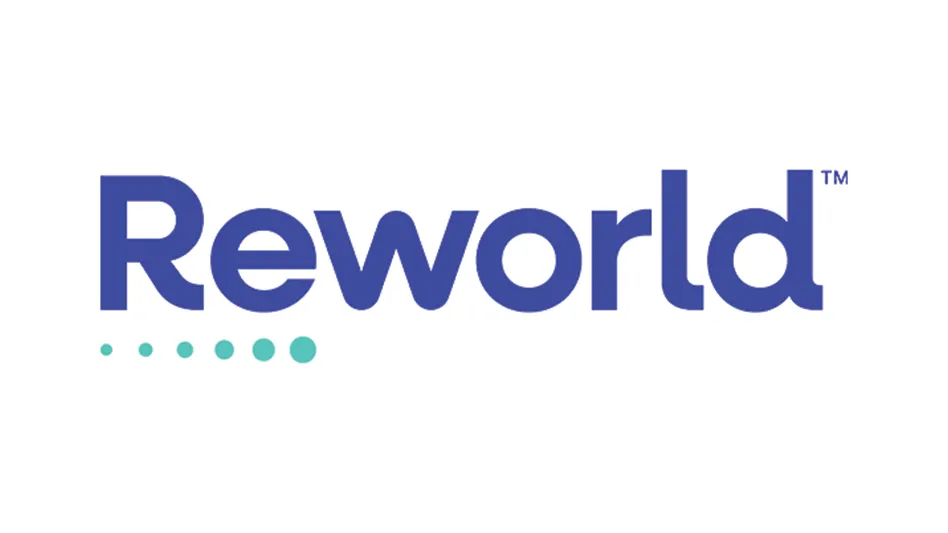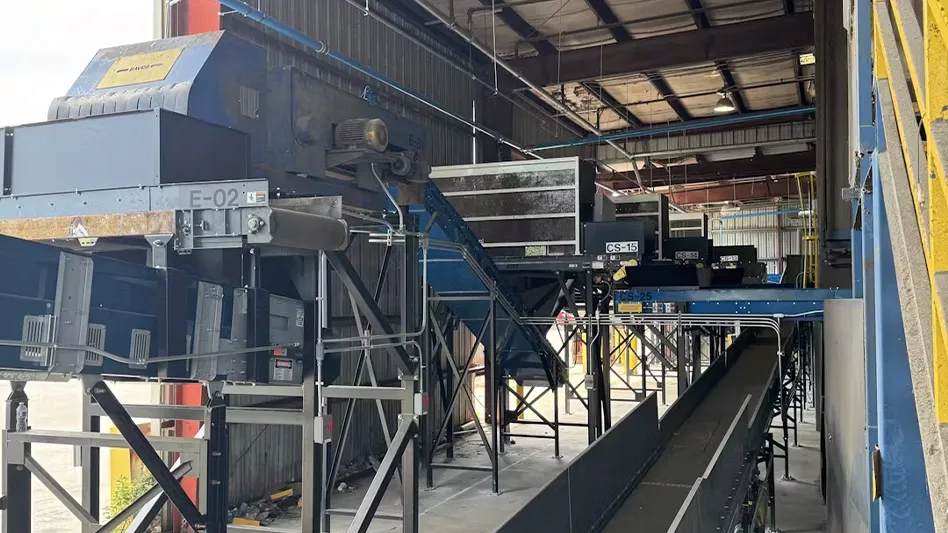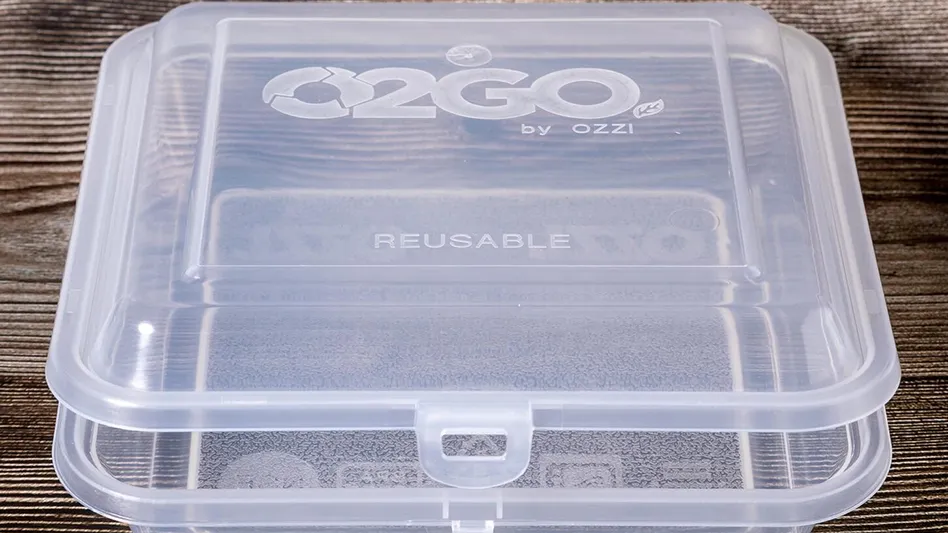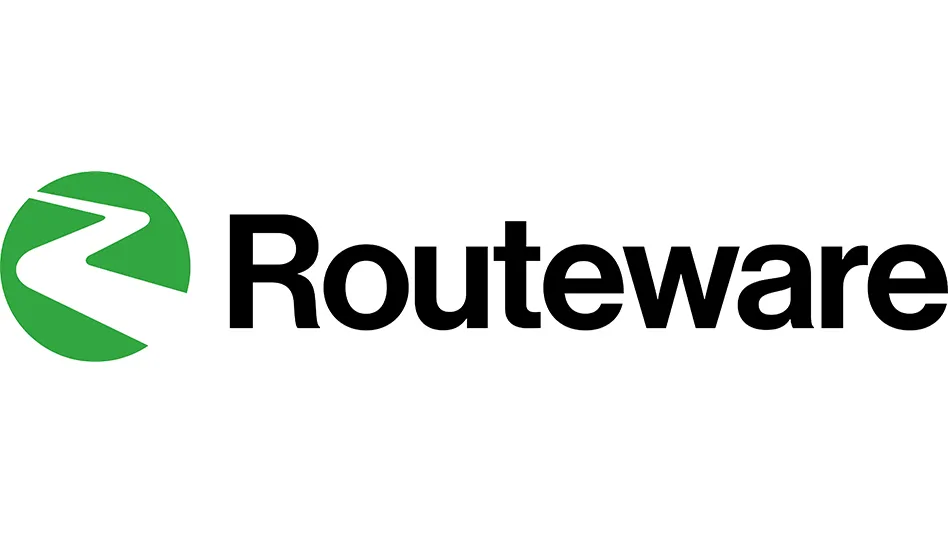While ongoing low oil prices have kept freight rates at their lowest levels in years, suppliers on the East Coast say a surprise walkout by longshoremen there caused headaches and backlogs.
“More than 4,000 longshoremen unexpectedly walked off the job [Jan. 29], shutting down the port terminals both in New Jersey and New York, causing truck traffic to immediately start backing up throughout Port Newark and Port Elizabeth,” according to NJ.com.
A broker based in Kansas City, Kansas, says the walkout affected the flow of material, creating extra fees and frustration.
“It caused tremendous headaches for us, truckers, railroads and steamships,” the broker says. “The longshoremen caused hundreds of thousands, if not millions, in excess fees that people weren’t prepared to pay.”

On the other hand, many in the recovered fiber market are seeing savings through cheaper transportation and energy costs, he says.
A broker based in the Northeast says the “extremely low” freight rates have helped the secondary fiber industry. Without the savings, he predicts, “you’d see closures all over the place.”
“Fuel price has saved us in a lot of ways. There’s no doubt about it,” says the Northeast-based broker.
In addition, steamship lines are shuttering capacity in substantial numbers, says the supplier on the East Coast. The broker notes that more steamships have been “mothballed” in the last six months than since the recession of 2008.
“Steamship lines are basically giving away overseas costs to get containers moving,” he says.
Despite the port slowdown seen there, the supplier on the East Coast says his company’s exports to Canada are stable, while Mexican exports are “up modestly.”

He reports that exports to India, Asia and Europe are slow. “Exports are less today than they were a year ago, six months ago or even three months ago,” he says.
A large exporter based on the West Coast says he foresees export shipments increasing in March, after months of declines.
As for pricing related to recovered paper exports, the West Coast-based supplier says old newspapers (ONP) have increased since the beginning of the year as a result of a jump in demand.
Export pricing to China for ONP increased from $6 to $12 per ton in each U.S. region compared with the month prior, according to Boston-based research firm RISI’s PPI Pulp & Paper Week pricing survey reported Feb. 5.

For sorted office paper (SOP), export pricing also saw a month-over-month hike in all U.S. regions where it is shipped from, increasing by $10 out of New York and by $17 per ton out of San Francisco/Oakland, according to PPI.
Domestically, SOP’s price increased in each of the regions it is sold, excluding the Midwest.
The broker in the Northeast says SOP generation is down, helping to increase pricing.
Pricing for mixed paper, old corrugated containers (OCC) and ONP remained stable in all regions for each of the major recovered fiber grades purchased for the domestic market, PPI says.
“Fuel price has saved us in a lot of ways. There’s no doubt about it.” – a Northeast-based broker
In other news, a source with the Paper Stock Industries (PSI) Chapter of the Institute of Scrap Recycling (ISRI), Washington, says members have formed and are working on a “Bale Quality Task Force.” Some conference calls have occurred as members have reached out to paper mills, exporters and waste management businesses.
The task force will highlight companies that display quality in safety, housekeeping and overall operations. “If you have a clean plant, you have a good safety program and you have people who buy into the program, usually I very rarely see that plant have poor quality,” the PSI member says.
The member says educating the industry about what “really should be in a pack of paper and what shouldn’t be” is of upmost importance.

Explore the March 2016 Issue
Check out more from this issue and find you next story to read.
Latest from Recycling Today
- Meeting the decarbonization challenge
- Cyclic Materials expands leadership team
- Paper cup acceptance at US mills reaches new milestone
- EPA announces $3B to replace lead service lines
- AMCS showcasing Performance Sustainability Suite at WasteExpo
- New Way and Hyzon unveil first hydrogen fuel cell refuse truck
- Origin Materials introduces tethered PET beverage cap
- Rubicon selling fleet technology business, issuing preferred equity to Rodina Capital





